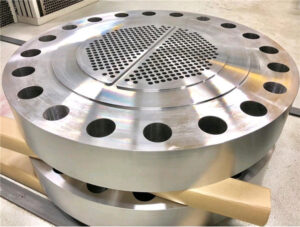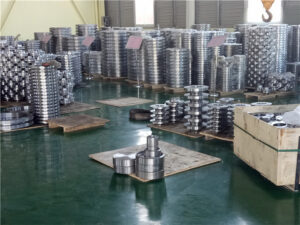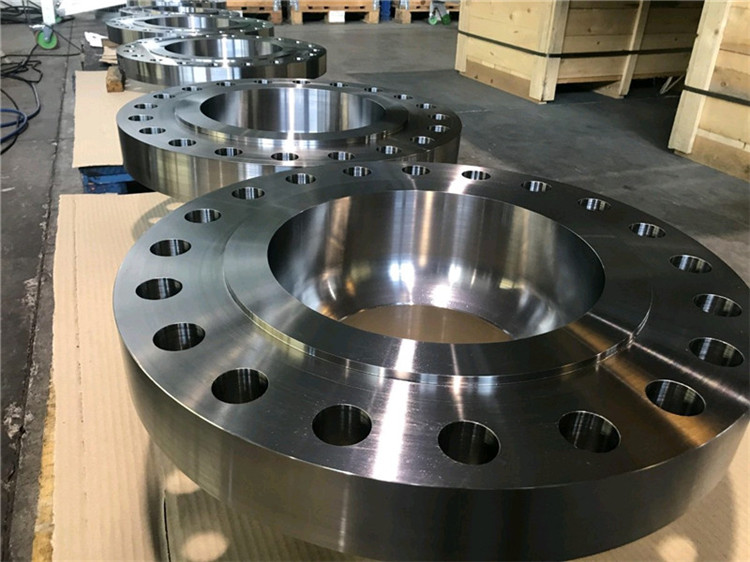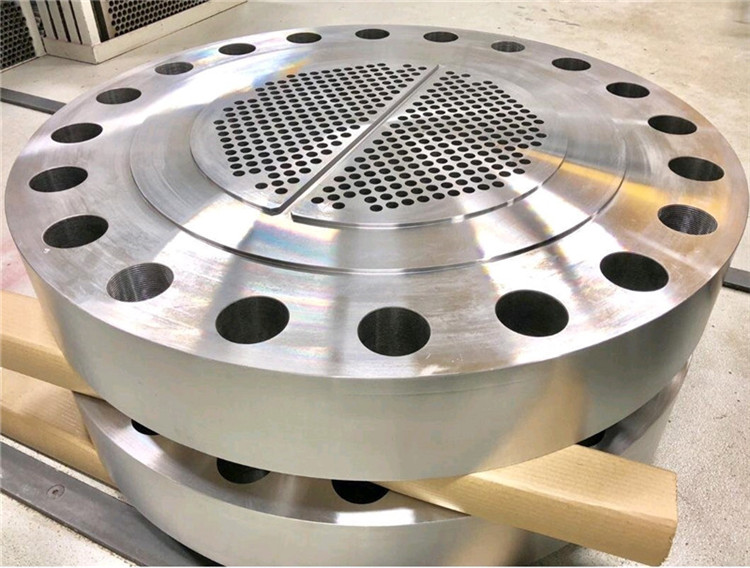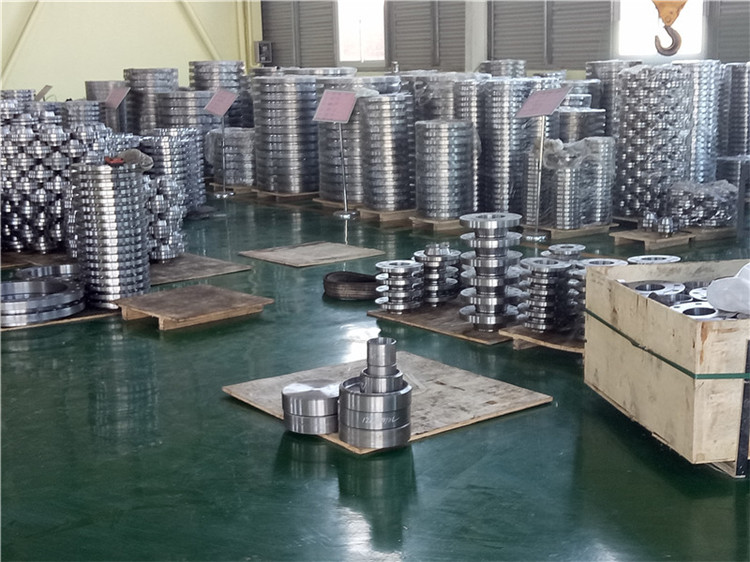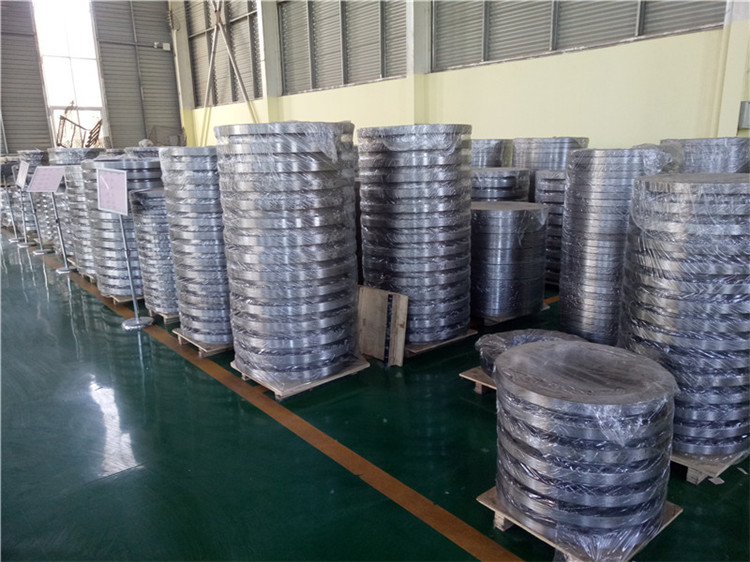There are significant differences between alloy pipe fittings and stainless steel pipe fittings in terms of material composition, performance characteristics, and application scenarios. The following is a detailed comparison between the two:
1. Material Composition
| Category | Alloy Pipe Fittings | Stainless Steel Pipe Fittings |
|---|---|---|
| Main Components | Carbon steel base with added Cr, Mo, Ni, V (e.g., P11, P22, P91) | Iron base with ≥10.5% Cr, plus Ni, Mo (e.g., 304, 316, duplex steel) |
| Typical Grades | Low-alloy (e.g., 16Mn), high-alloy (e.g., Inconel 625) | Austenitic (304), duplex (2205), martensitic (410) |
| Alloying Purpose | Enhance strength, high-temp resistance, or specific corrosion resistance | Prioritize corrosion resistance, then strength |
2. Performance Comparison
| Property | Alloy Pipe Fittings | Stainless Steel Pipe Fittings |
|---|---|---|
| Strength | Higher (e.g., P91 tensile strength ≥585 MPa) | Moderate (e.g., 304 tensile strength ≥515 MPa) |
| Corrosion Resistance | Varies by alloy design; low-alloy steels prone to rust | Excellent (especially Mo-containing 316/duplex) |
| High-Temp Resistance | Superior (e.g., P92 for 620°C supercritical boilers) | Limited (austenitic SS long-term use ≤800°C) |
| Low-Temp Toughness | Some perform well (e.g., 9% Ni steel) | Austenitic SS (e.g., 304L) excels |
| Processability | Requires preheat/post-weld heat treatment (e.g., P91) | Easier to form (but duplex needs controlled heat input) |
3. Applications
| Industry | Alloy Pipe Fittings | Stainless Steel Pipe Fittings |
|---|---|---|
| Energy | High-pressure boiler tubes, oil/gas pipelines (X80 steel) | Nuclear cooling systems, LNG cryogenic pipes |
| Chemical | Sulfur-resistant pipes (e.g., Cr-Mo steel) | Strong acid/alkali media (e.g., 316L reactor pipes) |
| Construction | Structural supports (e.g., high-strength Q355B) | Decorative pipes, potable water systems (food-grade 304) |
| Others | Hydraulic cylinders for machinery | Medical devices, ship seawater pipelines |



